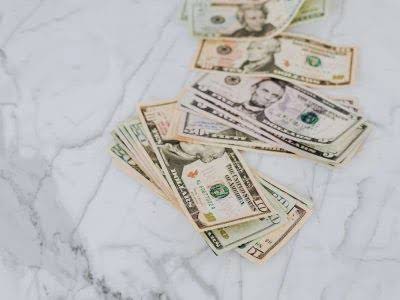Resetting Healthcare is available now. Order at Amazon or Barnes & Noble

Cost of goods sold COGS: What it is and how to calculate it
01 Dec, 2021

It represents the amount that the business must recover when selling an item to break even before bringing in a profit. Cost of goods sold includes any direct costs that a business incurs in the manufacture, purchase and sale or resale of products. In theory, COGS should include the cost of all inventory that was sold during the accounting period.
- The cost of goods sold (COGS) is the cost related to the production of a product during a specific time period.
- Stay updated on the latest products and services anytime anywhere.
- To minimize the COGS, businesses should implement efficient inventory management strategies.
- Examples of businesses using the cost of sales are business consultants, attorneys, and doctors.
- It’s an essential metric for businesses because it plays a key role in determining a company’s gross profit.
How does the cost of goods sold affect profitability?
If she used LIFO, the cost would be 10 plus 20 for a profit of 15. FIFO assumes that the first socks you sell are the first socks you purchased. So if you sold 400 pairs, the first 200 cost $5 each, and the next 200 cost $10 each. FIFO is generally preferable in times of rising prices, because costs are recorded as lower and income is recorded as higher. Typically, COGS can be used to determine a business’s bottom line or gross profits.
Common cost of goods sold accounting methods

Inventory turnover is the number of times a company sells and replenishes its inventory over an accounting period. Managers and other users of financial statements might use this metric to measure how efficiently a company cost of goods sold is manages its inventory. A higher ratio is better than a low one, as a high ratio indicates the company is selling and replenishing inventory quickly, reducing holding costs, and minimizing obsolete inventory. Gross profit is the profit a business makes after subtracting all costs related to manufacturing products and services but before deducting operating expenses, taxes, or interest. It shows how efficiently a company uses its resources to produce goods.

Direct Labour Costs
The first significant component of COGS is the purchase cost of raw materials. These are the materials that you buy in order to manufacture or produce the products that you sell. For example, if you have a furniture business, the raw materials might include wood, screws, paint, and other materials necessary to build and finish your products. You might find it hard to decide whether an expense counts as a cost of sale. For example, if you pay your team commission, you could include this in the price of delivering your product or service, or decide that commission is an operating cost instead.
Specific identification

Current period net income as well as net inventory value at the end https://x.com/BooksTimeInc of the period is reduced for the decline in value. COGS is a major input in a company’s profitability and overall financial health, so understanding how it works is crucial for any business owner or manager. You’d look at all the socks purchased and figure out the average cost per pair. In this case you have 500 pairs of socks for $4,000, so each pair is $8. When you have a clear picture of the total cost of your inventory, next you look at how much you actually sold.

LIFO Method

With this data, you can make smart choices about pricing and where to cut costs. This way, you’re not just guessing—you’re using real data to steer your business toward better profits. Business News Daily provides resources, advice and product reviews to drive business growth. Our mission is https://www.bookstime.com/consumer-packaged-goods to equip business owners with the knowledge and confidence to make informed decisions.